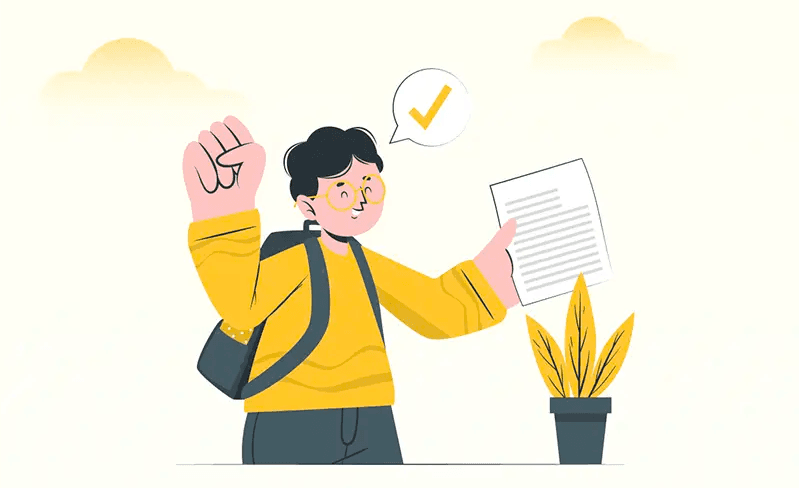Explore Courses
Top University

Jagpreet
13 June, 2024
Table of Contents
Education has the power to transform the economy of any country. However, in a country with a population of 1.4 billion, making education accessible to everyone can be a task that requires a lot of planning and implementation. There has been inequality in education since the beginning of time, and this gap has been considerably increasing due to socioeconomic factors such as race, gender, location, etc.
The difference between the two groups is an achievement gap due to their educational backgrounds. To understand this gap, we must first analyse its reason and then develop strategies to help reduce learning inequities. This blog will discuss strategies to help close the achievement gap while combating learning inequality.
In this global economy, where we are challenging developed nations, our nation is still battling with inequalities in education. We need to understand these three factors behind the gap.
Schools catering to low-income families’ needs are mostly in a crunch of funds. They cannot provide quality education due to a lack of faculty, outdated equipment, and no exposure to extracurricular activities. These students have to fight for some of their basic rights, which clarifies that this gap is not a minor issue but rather ever-increasing.
This is the biggest reason for such a huge inequality in education. For some families, education is a luxury they cannot afford. Soci-economic disparity has always been a huge factor that affects the quality of education one can get. There are so many barriers like inadequate access to good teachers, money issues, and food and housing issues, which sometimes force the students to drop out of their schools and help earn some money for their families. At this point in time, education does not look like a necessity but rather a burden for them.
Discrimination is very much a part of the education sector. Many times, teachers and society also look upon students coming from low-income families. This can lead to issues like low self-esteem and confidence within the students. These implied biases resulting in differential treatment can lead to an increase in the learning gap.
This gap is a complex issue that cannot be solved by the efforts of just one person. However, with proper collaboration and the right solutions, we can eradicate the issue here. We need to understand that for students to achieve their goals, there is a huge need for specific solutions that cater to this issue.
Understanding the present state: To understand the achievement gap, we must first analyse the present situation. There is a reason for the current inequalities, and only by understanding them in depth can we find solutions to work on them.
Collaborations and Initiatives: Policies and collaborations with the government and private organisations significantly increase equity. Appropriate school funding and inclusive policies are two crucial steps for an equitable school environment.
Access to quality learning: The achievement gap needs to be eradicated from the source and can only be done through high-quality education. All educational institutions must make basic resources like textbooks, teachers, and technology mandatory and available. Furthermore, improving the facilities and infrastructure of schools in underprivileged areas can improve the learning environment for all pupils.
Personalised Learning: Education is not one-size-fits-all. Instead, it has to be tailored to each student’s specific needs. Every student has a specific way of learning. Personalised learning focuses on each student’s needs, learning style, pace, interests, etc., to make it more engaging and exciting. This kind of learning motivates the students and results in better outcomes.
Effective Teacher Training: It is imperative for Institutions to invest in training and development programmes, as this will empower the teachers to meet the students’ requirements and needs. Teachers must be equipped with the right skills and knowledge to impart quality education.
Combined efforts are required to battle these education inequalities. As members of society, we must not deter ourselves from our responsibility and ensure equal opportunities for all students. By implementing a nurturing, equitable environment, we can build a world that fosters the holistic growth of students.
Our team of experts, or experienced individuals, will answer it over online meet. Book your slot now!
Book Free Online CounsellingGet Free Career Guidance
